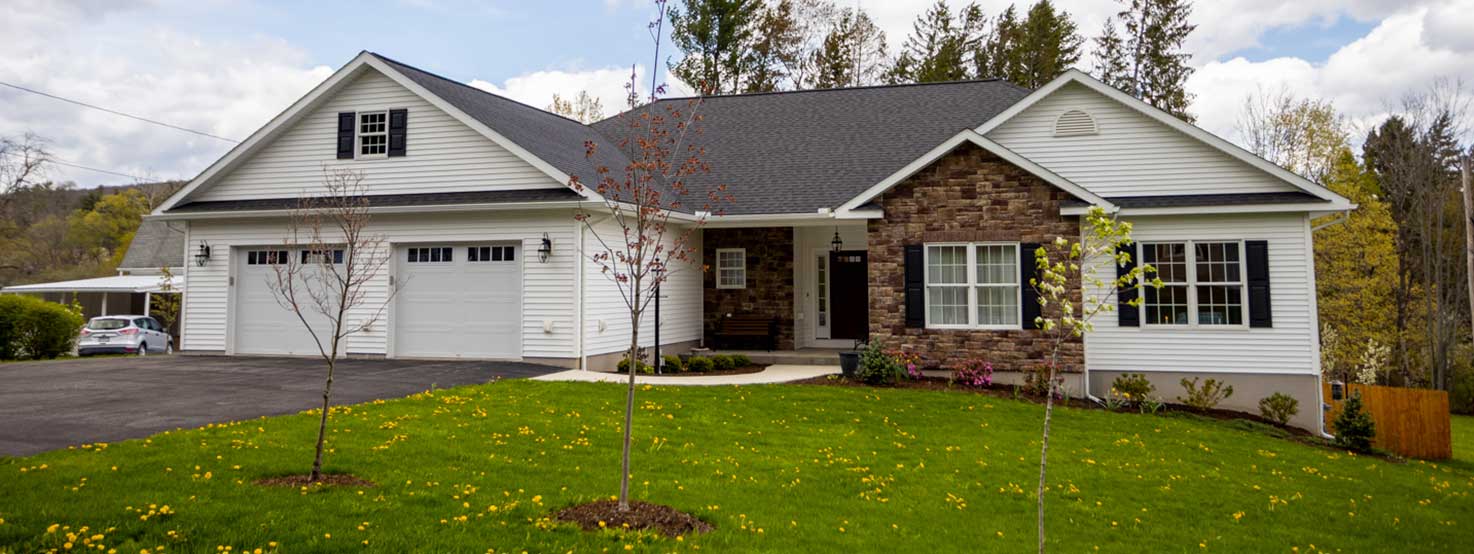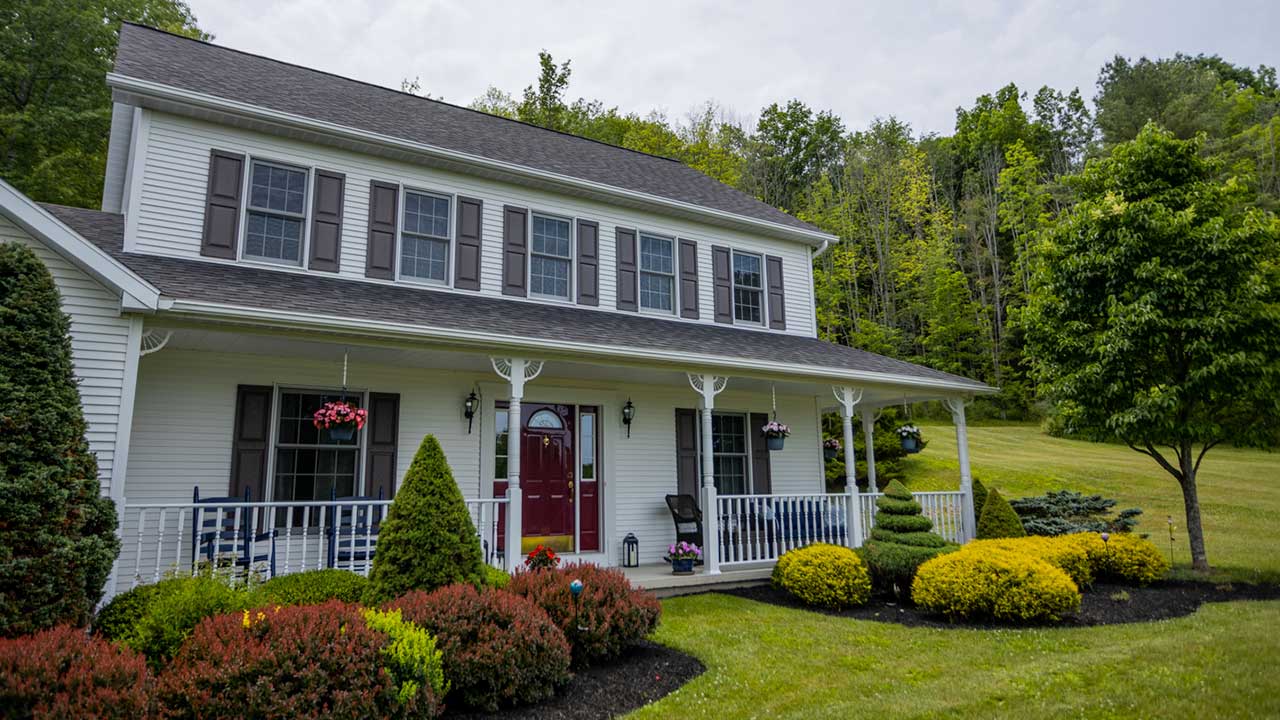Channels

Rotary

Rotary Conference

Laurel Health Centers

Penn Oak Realty

Movin Together

Bank On It

Dunhams Corner

By The Door

Questioning Life

Karschners Insurance

Ag Happenings

Back to Basics

Hornet Happenings

Live From The Hive

Momday Monday

Pennsylvania Politics

The Briefing

Weekly Highlights

Wellsboro Chamber
Agricultural Spotlight – Pest Threatens Ash
Welcome to Agricultural spotlight here on Wellsboro Home Page.
Joining Melissa Bravo in the studio today is Steve Hoover, Tioga County Service Forester with the Department of Conservation and Natural Resources. Steve has graciously offered to provide us with a video update on the status of emerald ash borer, an invasive and destructive foreign forest pest of concern that is now damaging trees here in Tioga County.
Emerald Ash Borer was first detected in Tioga County in 2013. Property owners are reporting damage to trees in the southern portions of the county and as the species has moved into New York it is presumable that most woodlots in Tioga County now have infestations.

Belvedere Drive, Toledo Ohio: Before and after emerald ash borer killed every single ash tree. Photos by Dr. Dan Herms, Ohio State University.

Photo from plants.usda.gov
Ash Trees: Ash trees are commonly found in Tioga county woodlots and our forests. The leaves of ash trees (Fraxinus pennsylvanicum) are arranged opposite, are pinnately compound, with 7 to 9 serrate leaflets that are lanceolate to elliptical in shape. The entire leaf is 6 to 9 inches long, green above and glabrous to silky-pubescent below. Ash trees are frequently planted in municipalities as shade trees and are also favorites of the ornamental landscape around homesteads.
Every single Ash tree larger than a few inches in diameter in Tioga County is in danger of being killed by the emerald ash borer. Just like the foreign Chestnut Blight and the Dutch Elm’s Disease pathogen-caused-epidemics that killed this continent’s native chestnut and elm species, this invasive species will most likely destroy all native ash trees in our region over the next few years.
Emerald Ash Borer: EAB, as it is commonly referred is an exotic beetle (Agrilus planipennis Fairmaire) first detected in Detroit Michigan in 2002. Unfortunately, by the time USDA, state, and university collaborators realized the pest was attacking trees, it was already too late. It is believed that the insect, never before seen in the United States, was introduced accidentally in wood packing material such as packing crates years earlier.
Native to China and the Asian continent, emerald ash borer is one of many insects that complete their life cycle feeding on preferred tree species. Normally that relationship is beneficial to both species. Ash trees in Asia for example, have co-evolved with this pest, as have our own Ash trees with native borers. When species co-evolve the damage from the pest as it completes its life cycle feeding is survivable.
That is not the case when the pest is foreign to the ecosystem. Our ash trees have no immunity to the emerald ash borer. Our native trees are succumbing to the destructive feeding of the larval stage of this exotic borer. The pest has already killed hundreds of millions of Ash trees in the Central part of the United States and is killing trees here in Pennsylvania since it was first detected in Mercer County in 2008.
What is it: EAB is an iridescent winged green insect about a half an inch in length. It would fit on your fingernail, it is so small. But as small as the winged adult is, it is her offspring (some 60-90 eggs laid per female) that cause the destruction. The larval stage of this pest is a small white segmented flat-headed grub that tunnels underneath the bark of the tree. It is this feeding damage that is destructive. The larvae damage the phloem and the xylem of the tree which are essential for nutrient flow and tree growth.
Signs of EAB: One of the first symptoms a landowner might notice is dieback in the canopy of an ash tree or sprouting from the root crown. Epinastic leaf sprouting also occurs along the trunk of the tree. Another good indicator that a tree is already infested with EAB is the woodpecker. If you notice woodpecker damage to your ash trees and see D-shaped holes in the bark, made by the larva as they exit the tree, the tree could be infested with EAB.
What can be done: Despite federal and state quarantines, and making it illegal to move firewood, the natural migration of this winged insect from Michigan and successful reproduction means the invasion is widespread and ongoing. The EAB will not stop or die out until it runs out of its host-specific food source, the Ash tree. The four options available are a) do nothing and let the tree die and become a part of the forest cycle; b) remove the tree, which is an option many homeowners and municipalities are doing as the dead trees pose a significant hazard; c) preemptively harvest the Ash trees for their timber value and d) use a systemic injected insecticide to kill the larva in the tree. This last method is an option, for example, that someone might consider if they have a tree of sentimental or aesthetic value on their property.
Who can I call: Your service forester is available to assist landowners who desire to know more about implementing a woodlot or forest habitat improvement plan to mitigate the declining Ash population in their woodlot. They can also provide you with the names of private forestry consultants, most of whom are also certified pesticide applicators.
Private foresters can evaluate, assess, and recommend a timber value and a personalized action plan based on your needs including recommended pesticide applications. An invasive species consultant can conduct a woodlot health assessment and give you a report on EAB and other invasive species of concern.
You can also join your local woodlot owner’s association, or the Pennsylvania Forestry Association, and/or become actively involved in Pennsylvania State University forestry related programs. All of these organizations, as well as federal, state and local conservation and forestry groups will continue to schedule timely workshops and information sessions on the Emerald Ash Borer here in Tioga County and across Pennsylvania.
Below is a summary of suggested resources on this invading pest.
http://www.emeraldashborer.info/homeowner-info.php
http://www.emeraldashborer.info/
http://www.dcnr.state.pa.us/forestry/yourwoods/serviceforesters/index.htm
http://www.dcnr.state.pa.us/forestry/insectsdisease/eab/index.htm
http://www.forestpests.org/subject.html?sub=7171
Credits:
Writing: N/A
Produced by Vogt Media






































